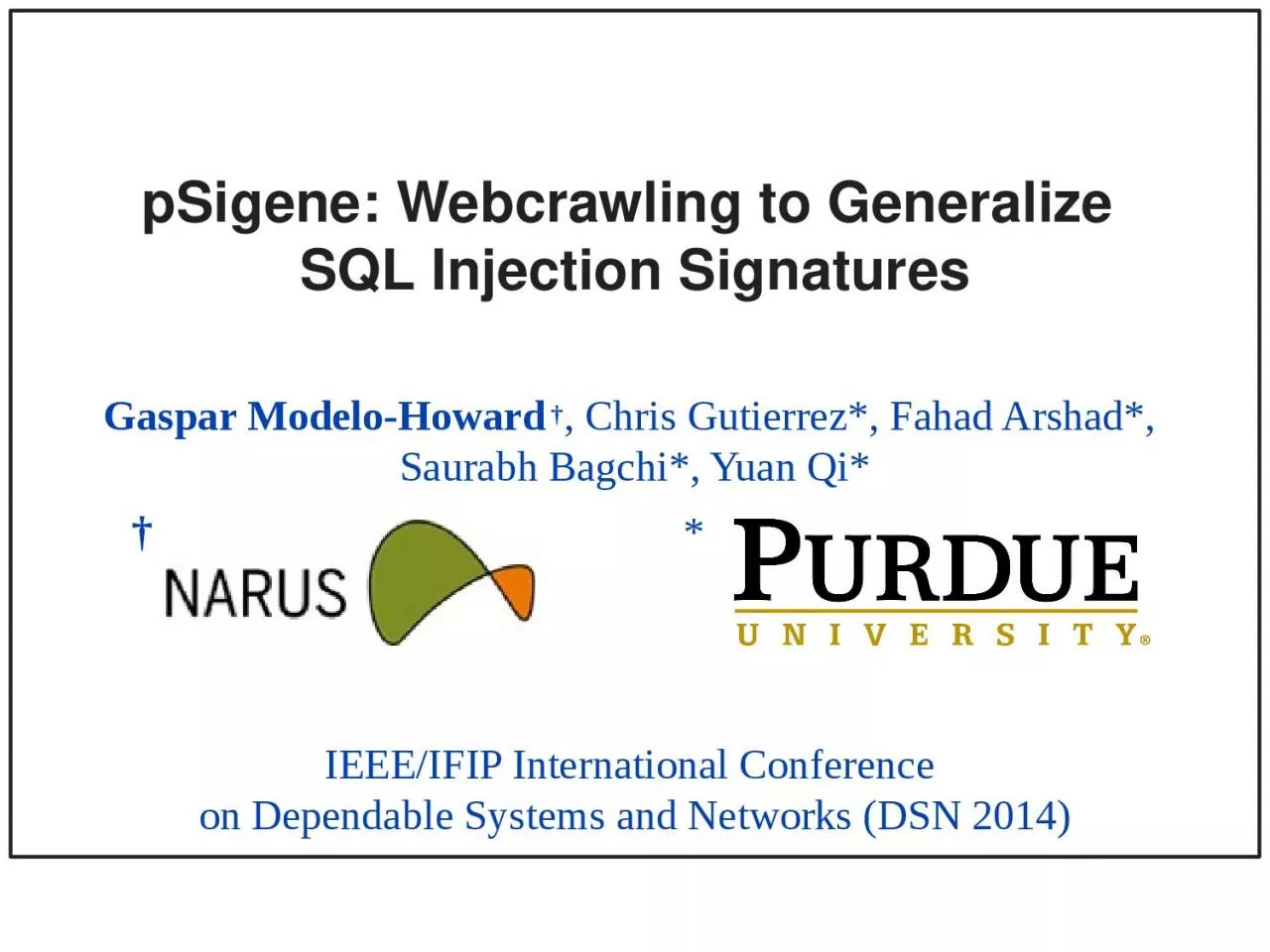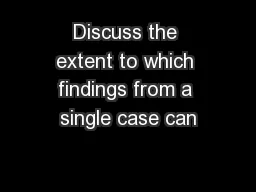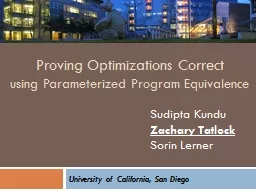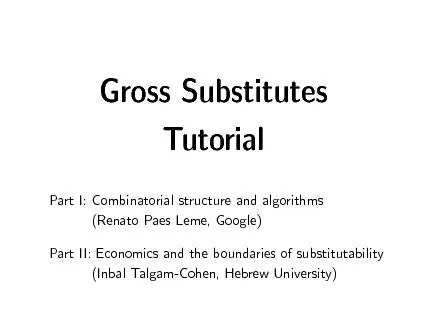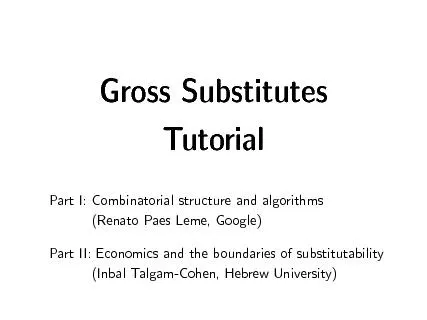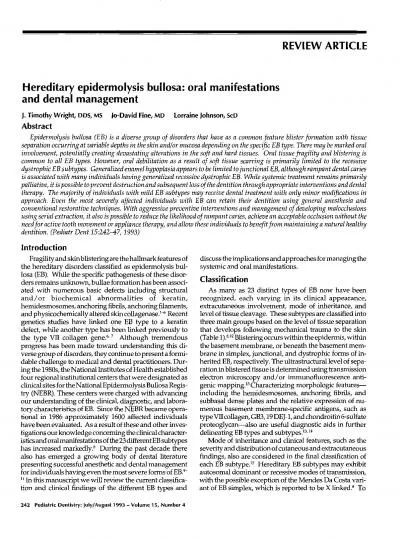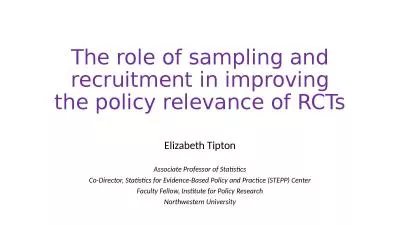PPT-pSigene : Webcrawling to Generalize
Author : Wildboyz | Published Date : 2022-07-28
SQL Injection Signatures Gaspar ModeloHoward Chris Gutierrez Fahad Arshad Saurabh Bagchi Yuan Qi IEEEIFIP International Conference on Dependable
Presentation Embed Code
Download Presentation
Download Presentation The PPT/PDF document "pSigene : Webcrawling to Generalize" is the property of its rightful owner. Permission is granted to download and print the materials on this website for personal, non-commercial use only, and to display it on your personal computer provided you do not modify the materials and that you retain all copyright notices contained in the materials. By downloading content from our website, you accept the terms of this agreement.
pSigene : Webcrawling to Generalize: Transcript
Download Rules Of Document
"pSigene : Webcrawling to Generalize"The content belongs to its owner. You may download and print it for personal use, without modification, and keep all copyright notices. By downloading, you agree to these terms.
Related Documents

